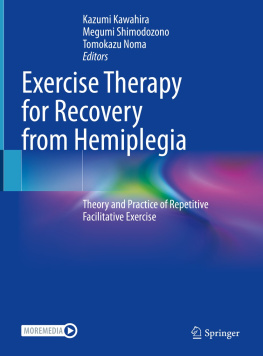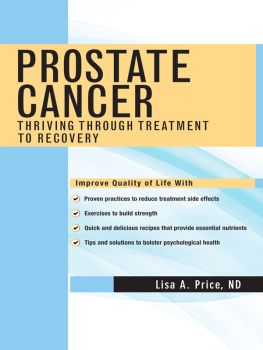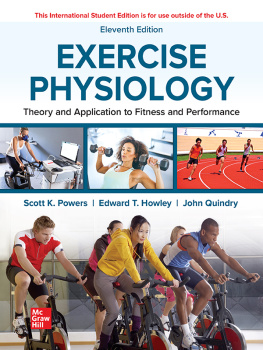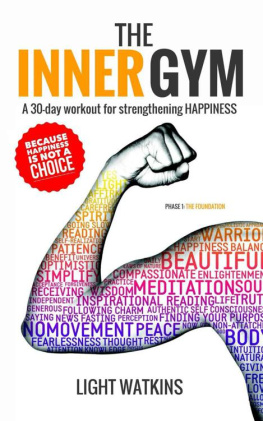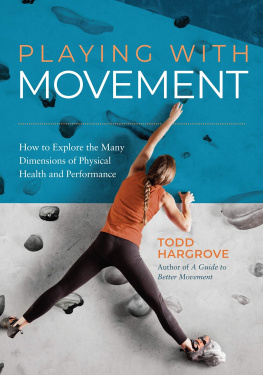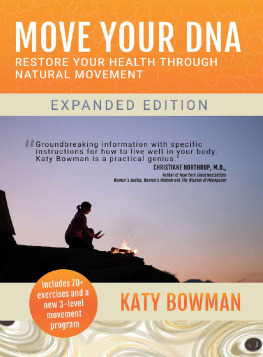Kazumi Kawahira - Exercise Therapy for Recovery from Hemiplegia: Theory and Practice of Repetitive Facilitative Exercise
Here you can read online Kazumi Kawahira - Exercise Therapy for Recovery from Hemiplegia: Theory and Practice of Repetitive Facilitative Exercise full text of the book (entire story) in english for free. Download pdf and epub, get meaning, cover and reviews about this ebook. City: Singapore, year: 2022, publisher: Springer, genre: Science. Description of the work, (preface) as well as reviews are available. Best literature library LitArk.com created for fans of good reading and offers a wide selection of genres:
Romance novel
Science fiction
Adventure
Detective
Science
History
Home and family
Prose
Art
Politics
Computer
Non-fiction
Religion
Business
Children
Humor
Choose a favorite category and find really read worthwhile books. Enjoy immersion in the world of imagination, feel the emotions of the characters or learn something new for yourself, make an fascinating discovery.
- Book:Exercise Therapy for Recovery from Hemiplegia: Theory and Practice of Repetitive Facilitative Exercise
- Author:
- Publisher:Springer
- Genre:
- Year:2022
- City:Singapore
- Rating:5 / 5
- Favourites:Add to favourites
- Your mark:
Exercise Therapy for Recovery from Hemiplegia: Theory and Practice of Repetitive Facilitative Exercise: summary, description and annotation
We offer to read an annotation, description, summary or preface (depends on what the author of the book "Exercise Therapy for Recovery from Hemiplegia: Theory and Practice of Repetitive Facilitative Exercise" wrote himself). If you haven't found the necessary information about the book — write in the comments, we will try to find it.
This book introduces an innovative, efficient, and patient-friendly neural net constructive therapy for patients with mild to severe hemiplegia, not only in the recovery phase but also in acute and chronic phases. The explanations are supported by extensive photographs of each position and a set of 72 video clips to help readers follow and reproduce the techniques. This book explains the theory of Repetitive Facilitative Exercise (RFE), which is a combination of repetitive volitional flexion and extension movements from neurofacilitation approaches. This exercise is aimed at achieving the intended movements and lessening synergistic movement patterns by reconstructing and strengthening the neuropathways of the injured nerve tract. Instead of interpreting disorders based on reflex theory and constructing treatment methods, the new approach considers scientific treatment methods that emphasize the formation of neural pathways by improving synapse formation and transmission efficiency based on functional localization, central programs, and neural nets. Chapters provide a basic theory of RFE, offering the underlying mechanisms of nerve tract formation/strengthening, such as functional localization, voluntary movement, plasticity, and neural lateral sprouting, giving readers a comprehensive understanding of the prompt and repetitive therapy. This is followed by an exposition of practice and techniques, planning of treatment programs, and facilitation techniques for voluntary movements of the upper limb, individual fingers, and lower limb. Finally, the book introduces RFE to facilitate and enhance motor skills in walking and other functions.
Exercise Therapy for Recovery from Hemiplegia - Theory and Practice of Repetitive Facilitative Exercise will provide rehabilitation therapists, physiotherapists, occupational therapists, and medical doctors a refreshing alternative theory and practice to current approaches. Neuroscience researchers, stroke patients, and their families would find this book informative.
Kazumi Kawahira: author's other books
Who wrote Exercise Therapy for Recovery from Hemiplegia: Theory and Practice of Repetitive Facilitative Exercise? Find out the surname, the name of the author of the book and a list of all author's works by series.

